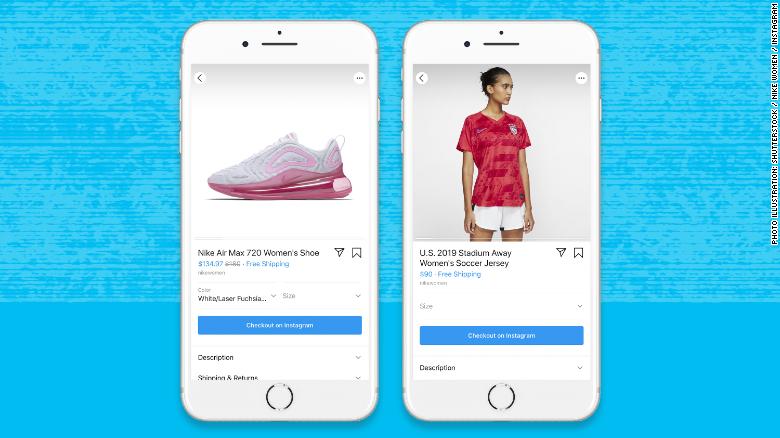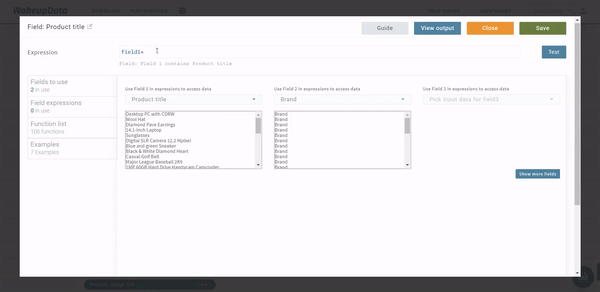Optimizing Product Feeds for the Sporting Goods industry
Posted on May 27, 2020 (Last Updated: May 29, 2024)
The Sporting Goods industry is consistently a major contributor to the total ecommerce share of global marketplaces - with worldwide revenue expected to reach $712.9 billion by 2022. Sporting goods store sales in the United States alone amount to more than 45 billion U.S. dollars annually.
Driving this growth are four notable opportunities:
- Expanding global markets outside the West.
- Increasing online access and smartphone penetration.
- Emerging worldwide middle-classes with disposable income.
- Innovating technologies to create experiential ecommerce.
In this article, we're taking a look at some of the key factors which sporting goods retailers can take into consideration when selling their products on sales and marketing channels
From optimizing your listings to making use of tools and features offered by platforms like Google Shopping, Facebook Ads and Amazon - let's take a look at how to drive growth from your online sales.
Use Shopping Ads on Google Image Search
As of 2019, Google introduced Shopping ads onto its Image Search for desktop and mobile. Although only appearing for some specific keyword searches, the location is extremely prominent, appearing above the organic listings.
The feature itself is part of Google's search partner network, which means that for your product ads to show up in Google Image Search, you should target your campaigns at the search partner network. When you do this your ads will be eligible for all search partners, not just Google Image Search.
Related: Google Search launches 'Popular Products'
Make use of Shoppable features and in-app checkout across sales channels
Shoppable features have long been a part of social channels like Instagram, Facebook and Pinterest (and are making their way to Google, above). These visually engaging images with multiple products showcased and tagged can be a fantastic way of encouraging shoppers to browse products and get info - without having to leave the platform.
Related: Shoppable Product Images in 2020: Your Guide
Combine this with the fact that Instagram checkout is now being rolled out globally, and you can see the opportunity for sporting goods retailers. Checkout initially launched in March 2019 with only 26 brands (including Zara, Warby Parker, and Nike) making up the original beta test group.
Fast-forward 12 months and hundreds of brands across the US are now trialing the new checkout feature — with huge names like SoulCycle, Steve Madden, and Hollister.
Make use of Google's Showcase Shopping Ads
These are pretty much made for the Sporting Goods and Apparel industry, giving you the chance to showcase a range of your product ads rather than just one - and appearing for general search terms.
In the example below, the search term 'summer dresses' brings up a range of products from one retailer, which show up in Google Shopping, Google Search and search partners.
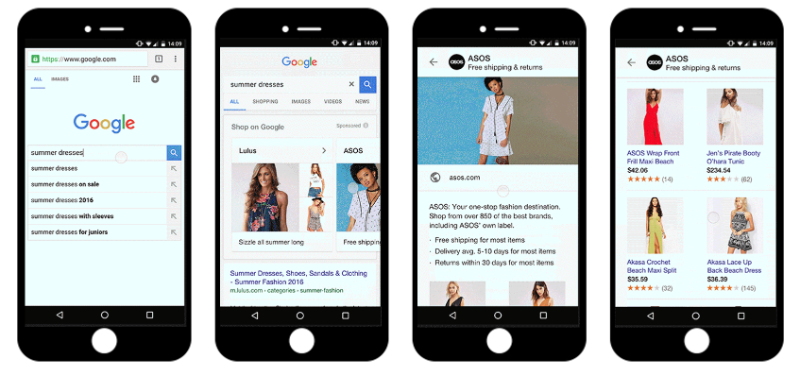
As shown, when a customer clicks on your Showcase Ad they are taken to a Google page which outlines further info on all the products outlined in the 'showcase'. It's not until they click through to the specific landing page for a product on your site that you'll be charged by google for a click.
Related: Get the full story and best practices on Google Showcase Shopping Ads here.
Don't forget about your own store!
Too many businesses focus on their social channels and Google's features as a means of converting browsers into buyers.
Meanwhile their online store is a visually unappealing site, focused only on listing thousands of products without any options for visually browsing, watching product videos or receiving product recommendations.
Display is a product promotion banner from iPaper, which is attached to your own site and specifically made for eCommerce retailers.
It's designed to encourage shoppers to explore your products and gives you the toolkit to apply your unique style and branding to each banner.
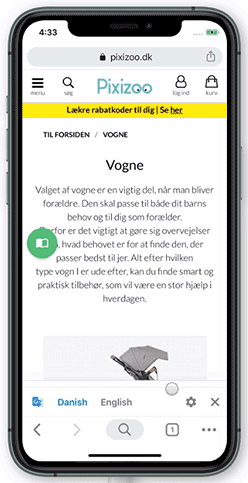
The screenshot here (credit: iPaper) shows a Display banner for Pixizoo who achieved a significantly higher conversion rate and a reduction in their bounce rate after implementing iPaper's solution.
How does Display work? Using your shopping feed, product images prices and information are directly uploaded to your Display banner.
If your prices or product visuals change, they'll be automatically updated in your Display using your shopping feed.
Get more info on Display here.
Optimizing your Sporting Goods product titles
Each item of clothing has its own characteristic features which, if added to the titles of your Google merchant feed products can make it easier to find and increase the number of searches that product shows up in.
We've already created an article which looked at the different techniques to adopt when Optimizing Your Titles for Google Shopping - so let's dive into an industry-specific look at how to get the best out of your titles for Sporting Goods products:
Regardless of the channel and industry, the principle with Product Feed optimization remains the same: answering the right questions and providing the info your potential shoppers most need.
As we'll see below, when it comes to Google Shopping Feed optimisation for the sporting goods industry, the key elements of the title are the brand and the product name which defines exactly what it is you're selling .
It is not enough to call the shoes 'indoor sports shoes' or 'running shoes'; they have their own brand, color, product features and may have a broader application than just indoor games.
Digital marketers need to craft product titles by putting together the most important product elements, so the title (and following product description) answers all the questions the users may have
Here are several examples which work by effectively promoting products (on and off-site) by using a well-configured name:
#1 Brand + model name + function + product type
'Asics + gel-task + indoor court + shoes'
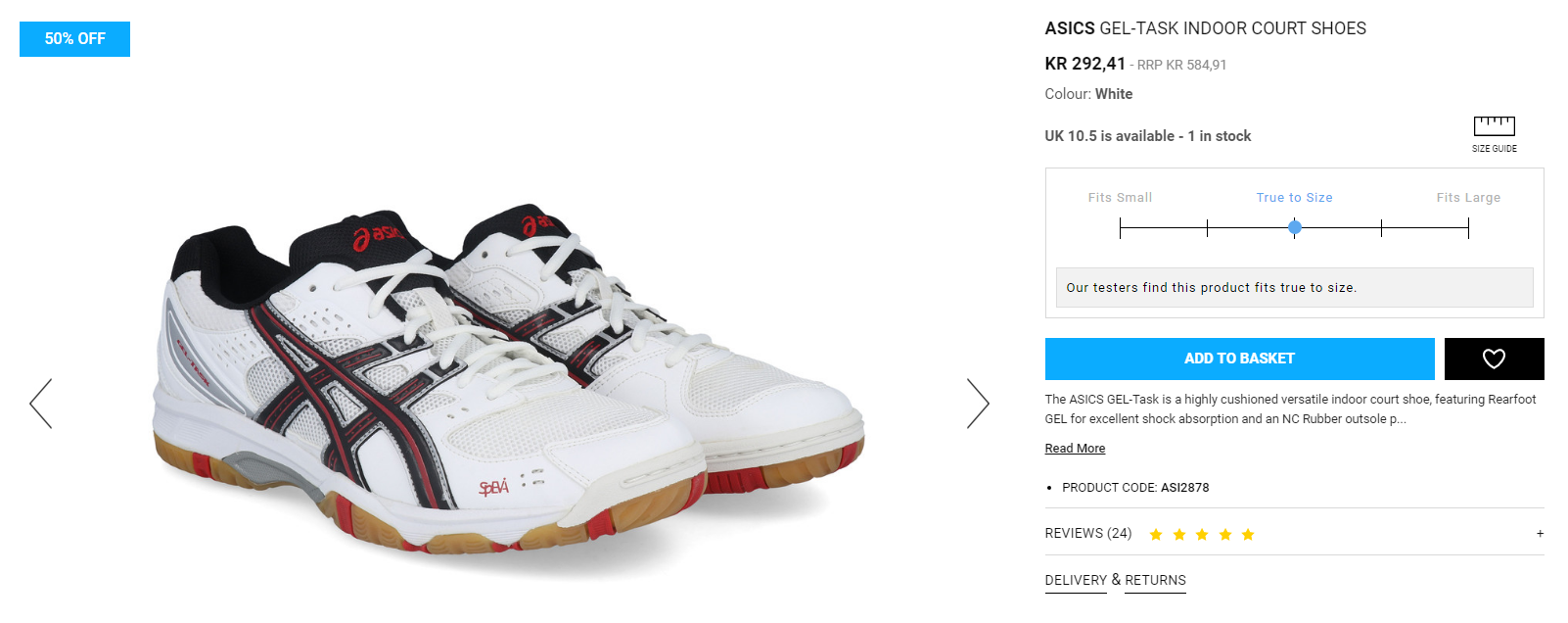
In the majority of cases, your shoppers will be browsing with the brand name in mind.
Brand loyalty plays a massive factor in ecommerce, especially when it comes to sporting goods, with the chances of selling to someone who has already purchased from that brand before being 70% higher (source).
#2 Brand + model name + feature + product type
Saucony + Vigor + Waterproof + Running Jacket
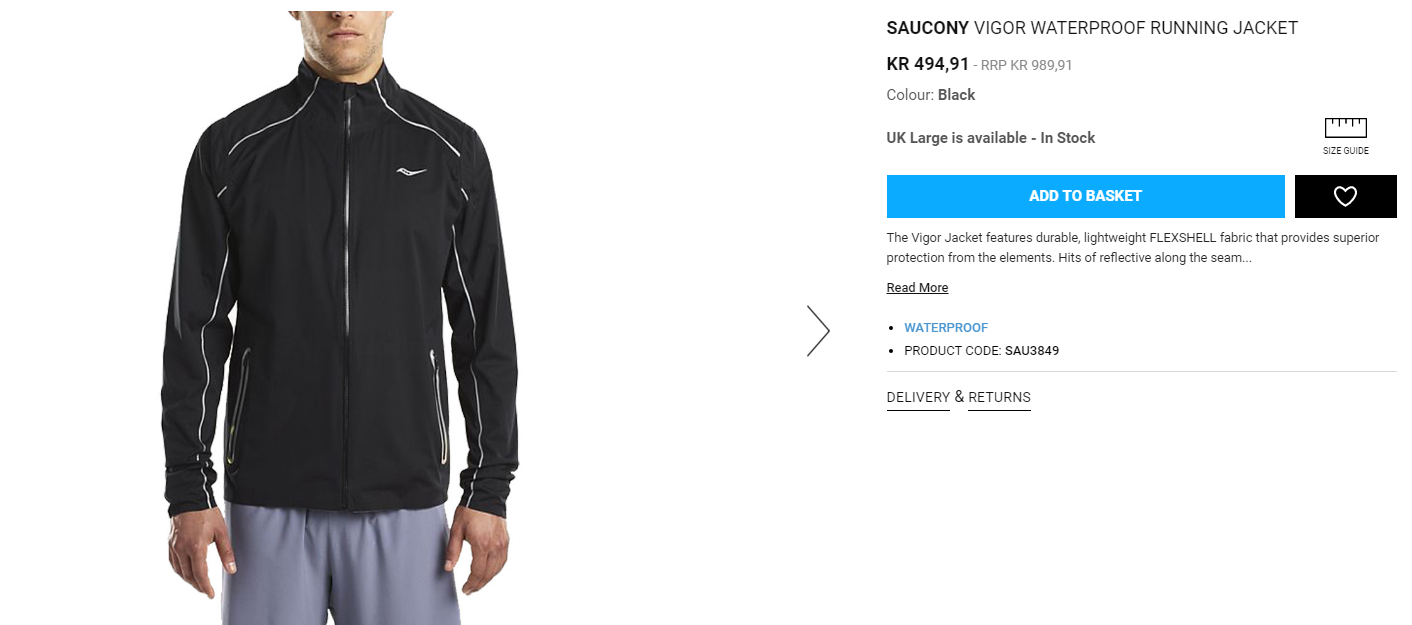
In the Sporting Goods industry in particular, the more you can distinguish yourselves from your competitors products straight away, the greater success you'll achieve.
This means that specific features can often be a good way to attract attention by highlighting them in the product title. With this I mean factors like 'waterproof' (above), or 'breathable', 'heatgear', 'padded', 'seamless' - anything that is going to catch the eye above the thousand other products your might be competing against on Amazon or Google.
#3 Brand + model name + product type
Bontrager + Circuit MIPS + Road Bike Helmet
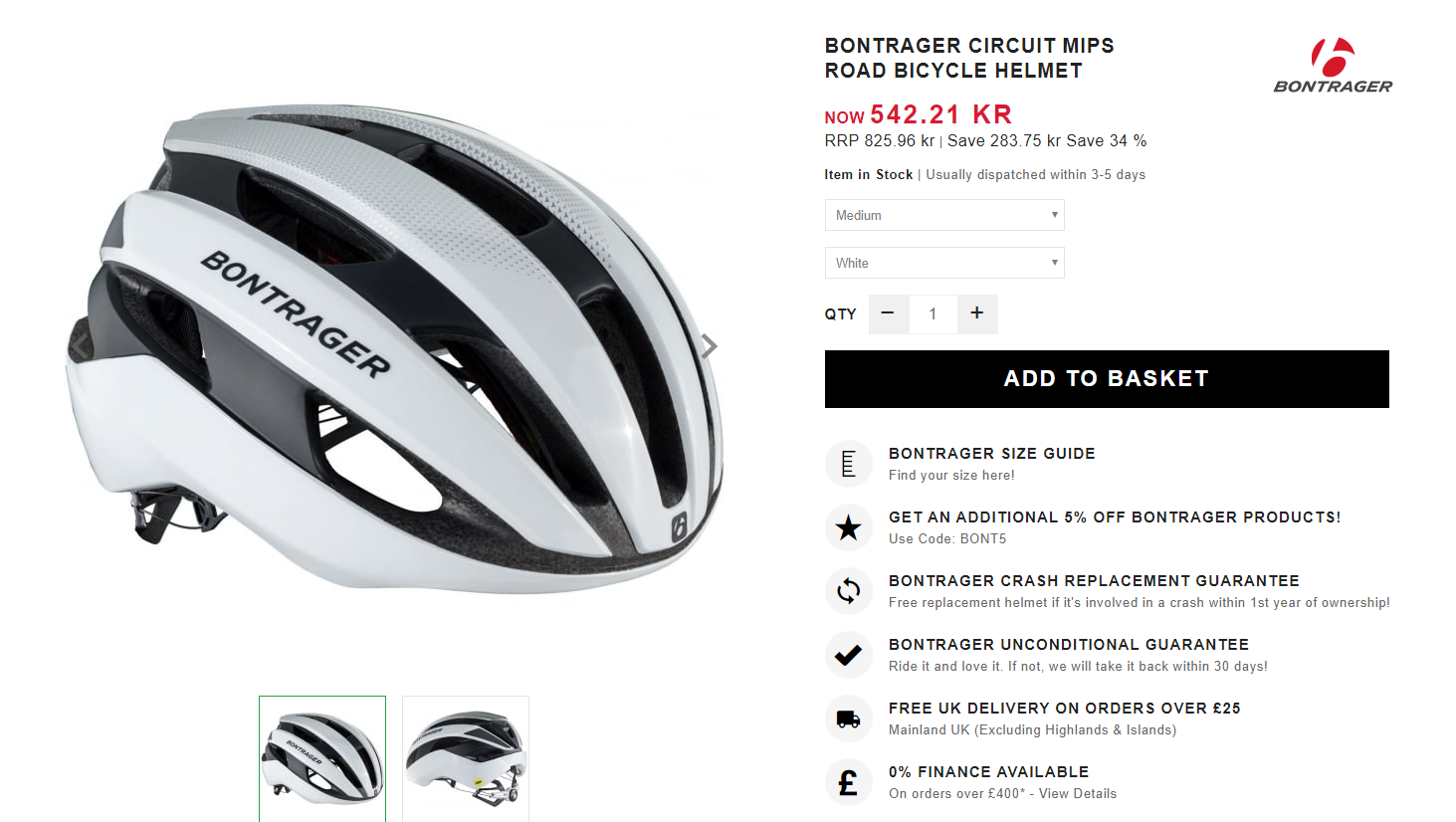
Often in the sporting goods industry, the shopper will have a clear purchase intent for very specific products.
Getting the specific model name (e.g. Circuit MIPS) as close to the start of the title as possible shows exactly what it is that your selling without over-complicating things. It ensures that those shoppers searching for the exact model name or series (without neccessaryily seraching for the brand) will be taken to your product.
Other factors to consider can be color, gender, material or size - but the brand and product name should take center stage.
Applying these optimizations to your product feeds
As the image below shows, the process of applying these key factors like brand, material or gender to thousands of your titles at once couldn't be easier with WakeupData 👇
Related: The most common product edits to add value to your product listings
For manufacturers and retailers in the sporting goods industry, the information in your product catalog needs to be continually updated.
Sending out-of-date or incorrect information to platforms like the Google Merchant Center is a surefire way to face rejected listings and missed opportunities for sales.
The product feed which you send to these channels is the vital component in holding all the product information which you want to tell your customers about:
e.g: product color, size, material.
That is why feed marketing platforms like WakeupData allow you to create a sporting goods feed which is fully optimized, free of errors and pre-populated in templates for hundreds of sales and marketing channels.
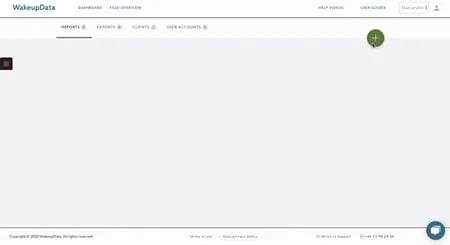
WakeupData's auto-mapping feature (above) takes those fields in your current feed and matches them to the fields required (e.g. GTINs, product category, image link).by specific sales channels.
If important fields are missing from your initial feed import we'll notify you (to avoid product listing rejection) and you can use tools like Our Web Crawler to access what you need.
Adapt your strategy for different seasons and sales channels
To drive successful ecommerce growth for sporting goods listings, you should consider targeting your products according to specific sales channels and decide in advance which products will be displayed based on their overall performance and specific annual events.
This means seasonal changes, new collections, ecommerce events (Black Friday, Amazon Prime Day, etc.).
To ensure your have complete control over how your product feeds are being used, WakeupData provides all platform users with a range of functionalities.
This includes the application of rule-based filters to your product feed, which can be based on factors like return on investment (ROI), sales generated, stock levels, revenue, etc.
Related: You can also set up Custom Labels on Google Shopping to divide your products, based on the specific goals of your campaigns.
Conclusion
To drive effective growth through ecommerce campaigns, you need to make use of all the tools at your disposal. By automating your product catalog, you benefit from greater flexibility and save time, meaning you can focus on your e-commerce strategy.
For more info you can check out our Optimization Guide for Google Shopping, which offers insights into how to get great results from enriching and optimizing your product data.
